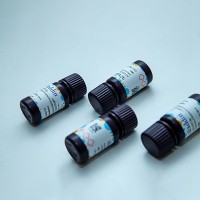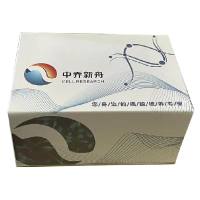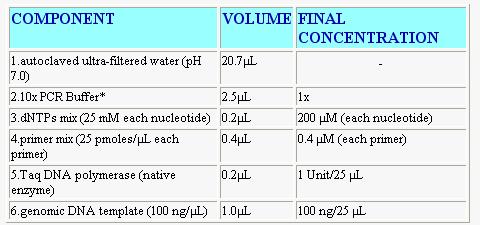Rapid Characterization of -Lactamases by Multiplex PCR
互联网
641
The rising prevalence of the members of the Enterobacteriaceae, Pseudomonas spp. and Acinetobacter baumannii that produce extended-spectrum β-lactamases (ESBLs) and carbapenem-hydrolysing β-lactamases (carbapenemases) represents one of the largest “new” resistance problems faced by clinicians and microbiologists during the last 10 years. These diverse enzymes have emerged globally and represent serious health challenges, compromising therapeutic choice and complicating patient management. The rapid detection of strains that produce these β-lactamases in clinical bacteriology laboratories allows appropriate therapy to be implemented promptly, which reduces patient mortality. This chapter describes three multiplex PCR assays, which may be used to detect genes that encode five families of CTX-M-type ESBLs (groups 1, 2, 8, 9, and 25), five families of metallo-carbapenemases (IMP, VIM, SPM, GIM, and SIM enzymes), and four families of OXA-carbapenemases (OXA-23-like, OXA-40-like, OXA-51-like, and OXA-58-like enzymes). The CTX-M ESBLs are the most prevalent of these enzyme groups, particularly, though not exclusively, in isolates of Escherichia coli and in Klebsiella spp.; metallo-carbapenemases are often found in Pseudomonas spp. and other “non-fermenters,” but are also emerging problems in members of the Enterobacteriaceae in some countries and locales; with a few exceptions, the OXA-carbapenemases detected by the assay described are limited to isolates of Acinetobacter spp. These assays are suitable for deployment in national reference laboratories, but should also be considered for use in regional centres and in tertiary referral hospitals.










